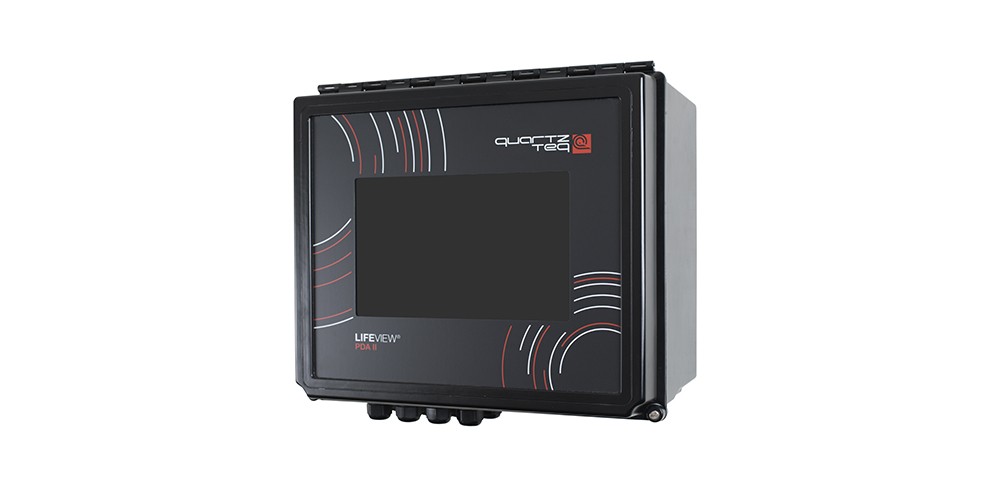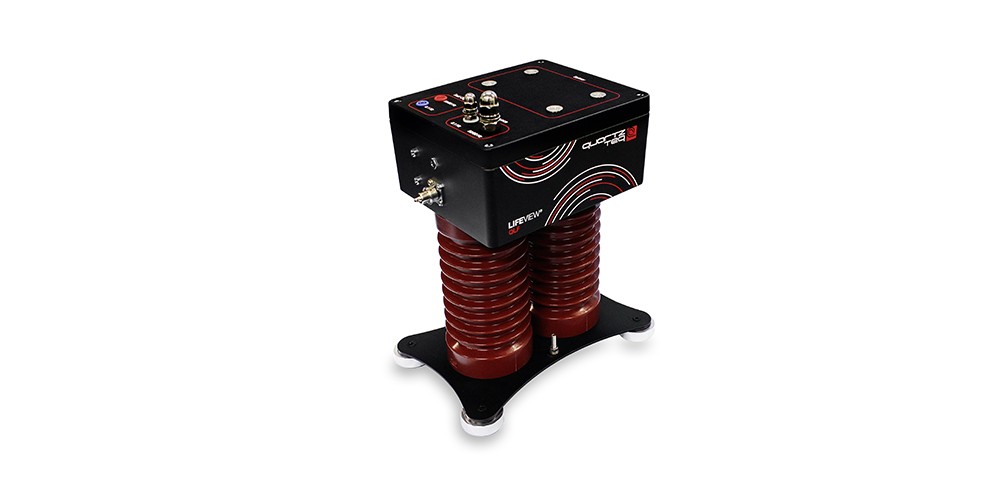NEWS
Quartzelec minimises generator downtime by offering market leading robotic inspection of HV generators

29 November 2022
Quartzelec, an international provider of engineering services and a global expert in rotating machines, has enhanced its generator inspection service offerings with state-of-the-art, market leading, robotic air gap inspection technologies. These can easily and reliably determine the status of the stator core, stator wedging system and insulation, as well as the rotor surface condition; minimising generator downtime and extending intervals between major overhauls.
Quartzelec has performed robotic air gap inspection for over 10+years, as part of its wider generator outage/scheduled maintenance strategy, however, this was typically limited to larger units due to robot size. In early 2022 Quartzelec upgraded its robotic testing offering by signing a framework ‘partnering’ agreement with DEKRA Solutions B.V. for the supply and use of the ARGIS robotic generator inspection system around the globe and over recent months has begun deploying this enhanced technology to its’ extensive customer base.
Traditional ‘rotor-out’ generator inspections offer peace of mind to the operator, as this allows a detailed and thorough inspection of the generator. This has proved a successful strategy in achieving a high level of generator reliability; but such outages are not without risk and cost. The new enhanced robotic approach uses a device only 15mm thick allowing Quartzelec engineers to visually inspect the internal status of the HV generator, providing an immediate and accurate condition assessment of the generator, with no rotor removal required.
In addition to the visual inspection which delivers a detailed visual picture of stator teeth and wedges, the rotor body as well as the associated cooling slots, the robotic solution allows a fully automated tap test on the stator wedges (positioning, tapping, analysis). This is performed to accurately determine the wedge tightness based upon analysis of the acoustic signature at several points on each edge with the associated colour coded wedge tightness map clearly identifying if wedge tightening or replacement is required. The core lamination insulation condition can also be assessed using Electro‑Magnetic Core Imperfection Detection (EL CID) and any faults that could eventually lead to over‑heating and potential catastrophic damage can be detected. Automated testing provides more consistent results than a test performed manually, while regular testing allows comparison of results for evaluating and verifying stator condition.
“We appreciate the pressures that owner/operators of HV generators face in terms of decision making for planned major outages and minor inspections and acknowledge that carrying out such enhanced investigations can prove instrumental in decision making for future planned maintenance,” commented Keith Evans, Quartzelec’s Operations Director. “As independent experts we are often asked to support the OEM or carry out the outage works ourselves and know that a traditional ‘rotor out’ inspection offers great access to the generator. However, it’s also worth considering that there are a number of risks in adopting this route including; disturbing the rotor alignment, risks associated with disassembly of the end shields, as well as with the actual removal of the rotor and its reinsertion.”
Keith continued, “A solid strategy should always be to ‘plan well’. This includes allowing enough time for the task, managing provision for parts and resource availability, plus factoring in time for additional works, should it be required. It is expensive and potentially risky to put the rotor back in with uncompleted works. Undertaking a comprehensive generator inspection with the rotor in-situ can be a hugely beneficial alternative in the right instances. This can significantly minimise the generator downtime caused by a major outage as well as extend intervals between these lengthy major generator overhauls.
“Getting the scheduling and attention to detail balance right can be difficult, but robotic air gap inspection delivers real advantages and multiple savings for businesses in terms of time, risk and costs. We have carried out many inspections using robotic systems but having access to the most advanced solution available means that we can now deliver to our customers the best service possible.”
Micha Sontgerath, Global Service Director at DEKRA added: “Careful scheduling for a major outage (rotor-out) is crucial to minimise operational impact and the financial costs also need to be considered, particularly if unnecessary tasks and costs can be eliminated. Quartzelec is already globally respected for its intrinsic knowledge and understanding when it come to the design, manufacture, maintenance and service of rotating electrical machines. Being able to now carry out a detailed robotic inspection with the rotor in-situ means a comprehensive and thorough test can often be completed within just a few days and the removal of the rotor can be avoided.”
Bahnhofstrasse 3
CH – 5436 Würenlos
Switzerland
















